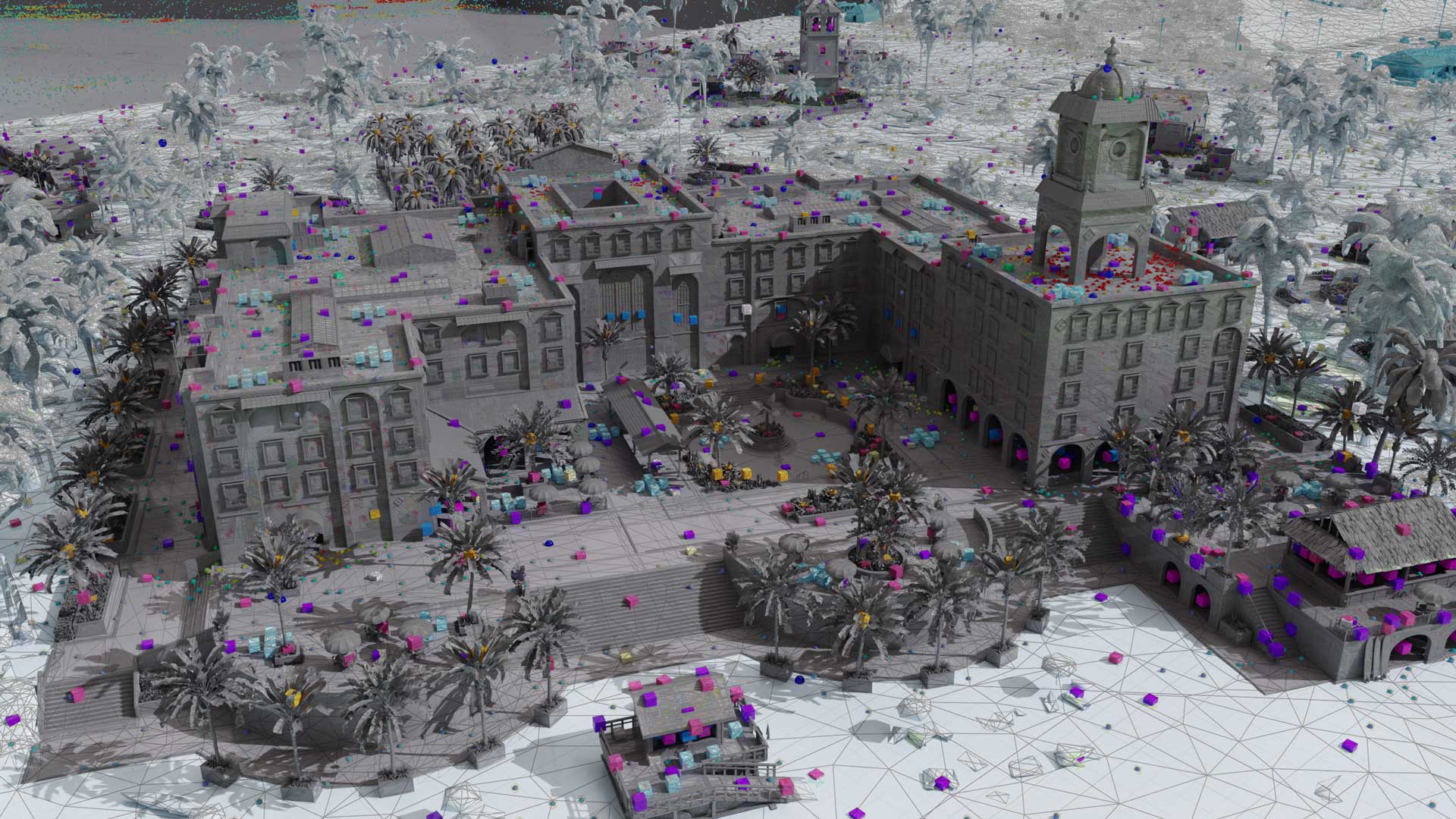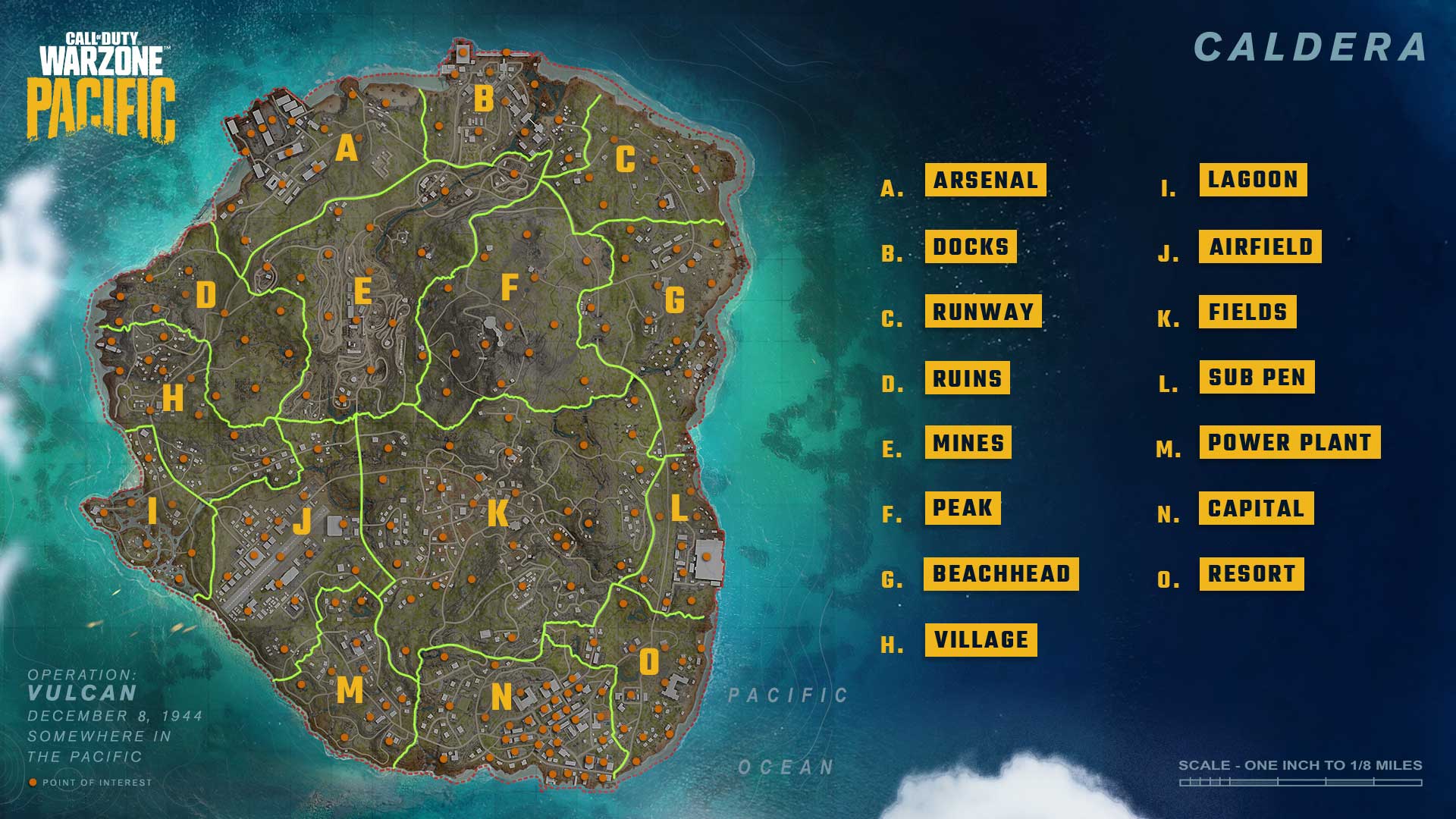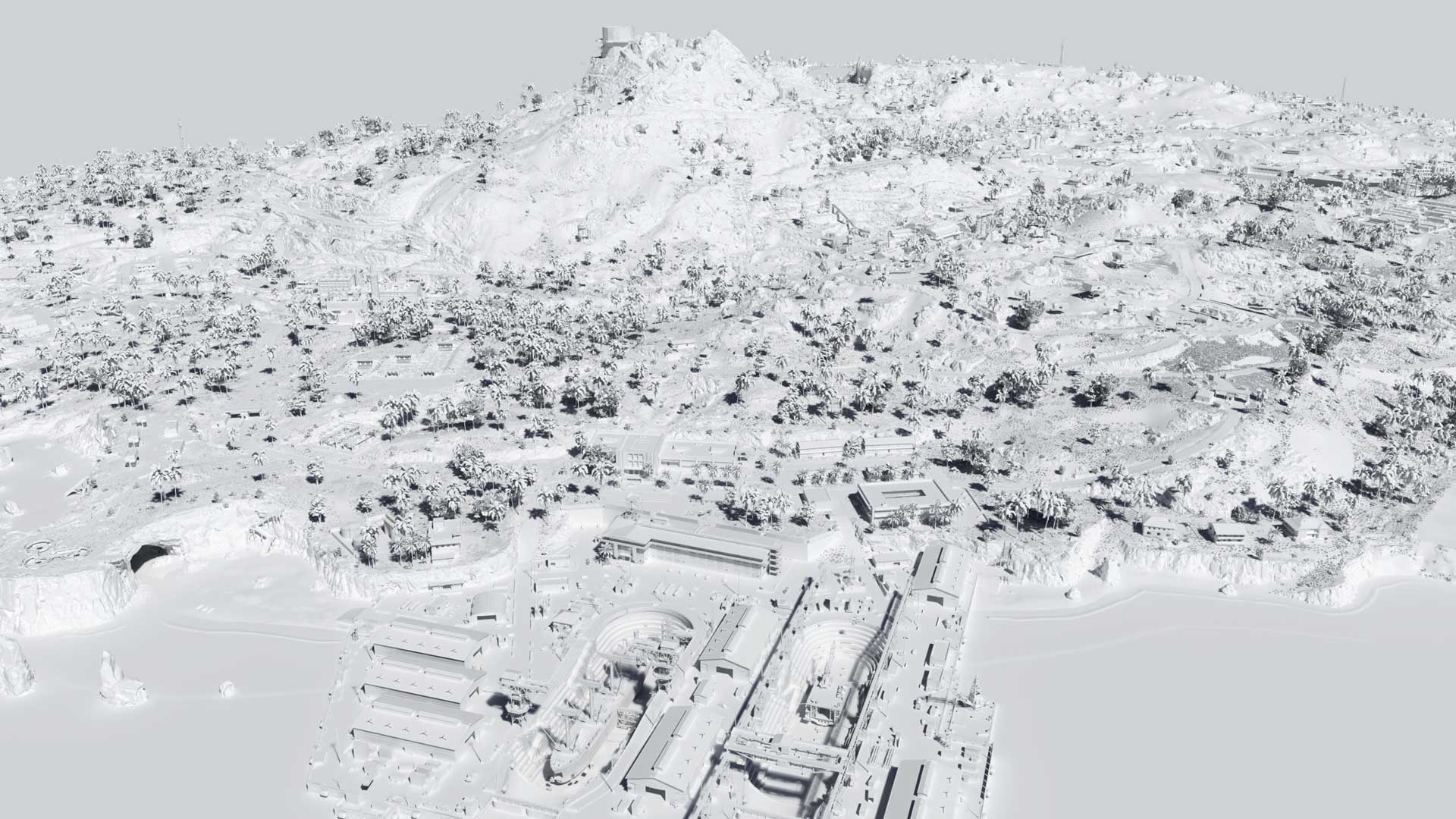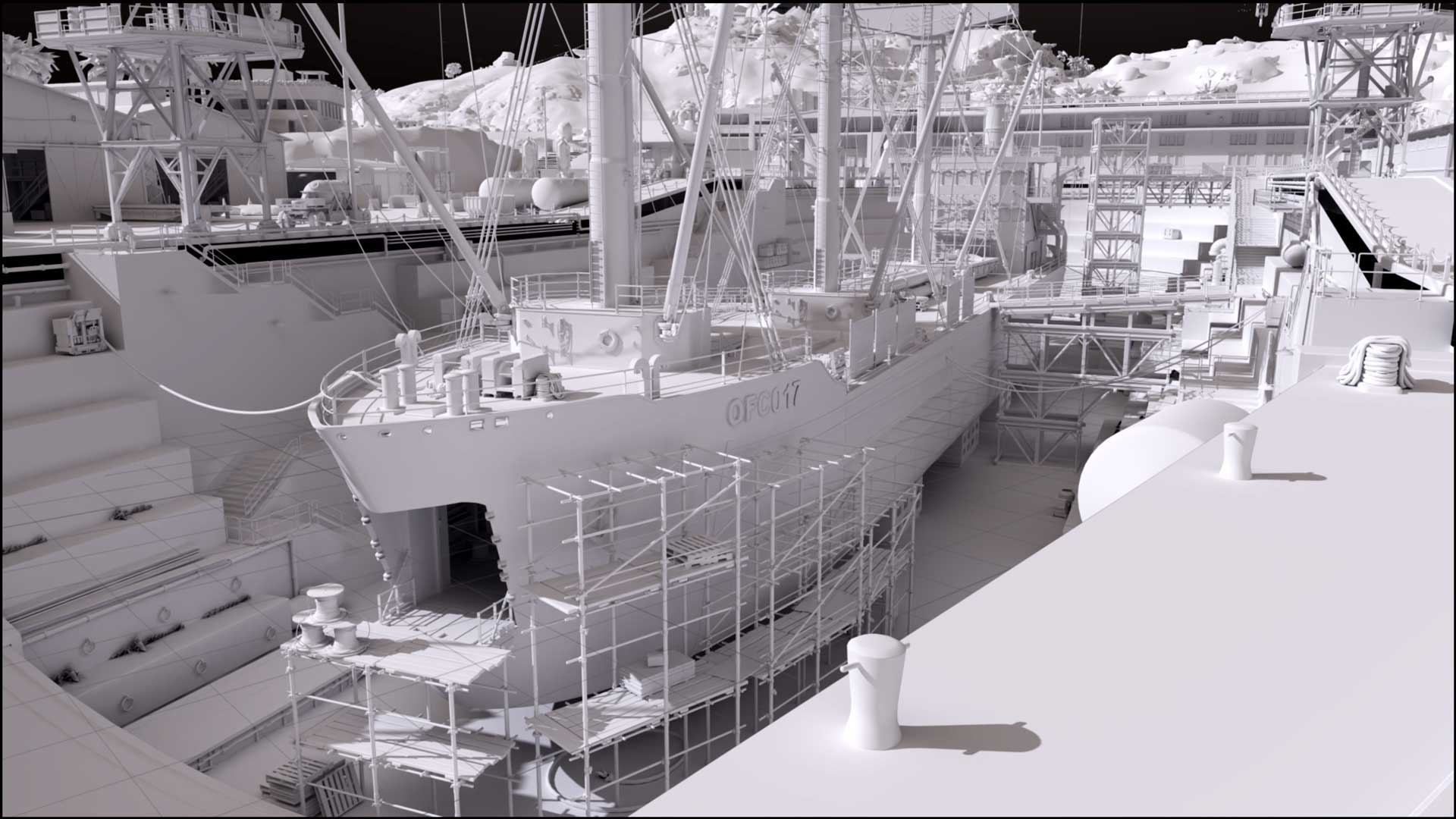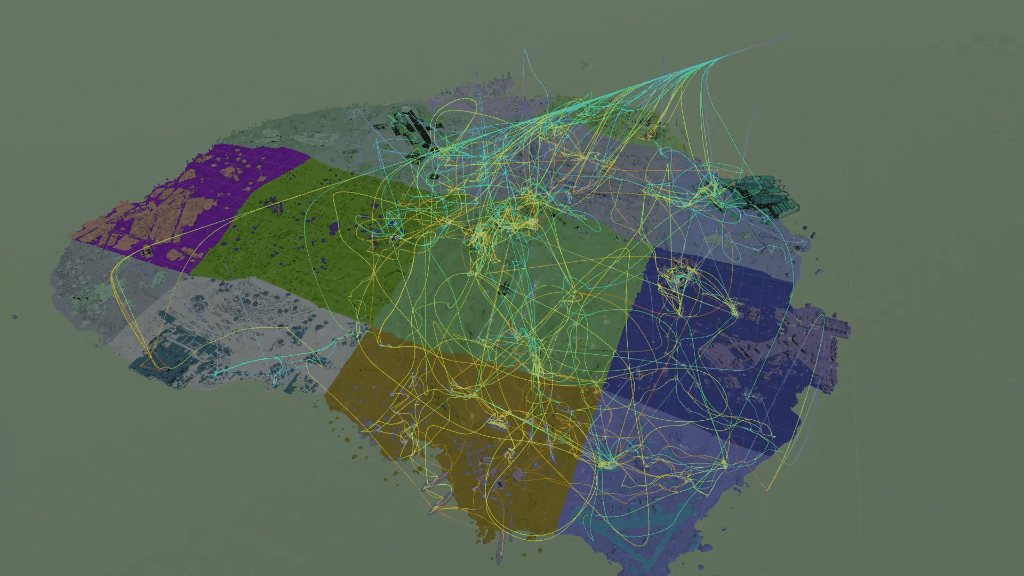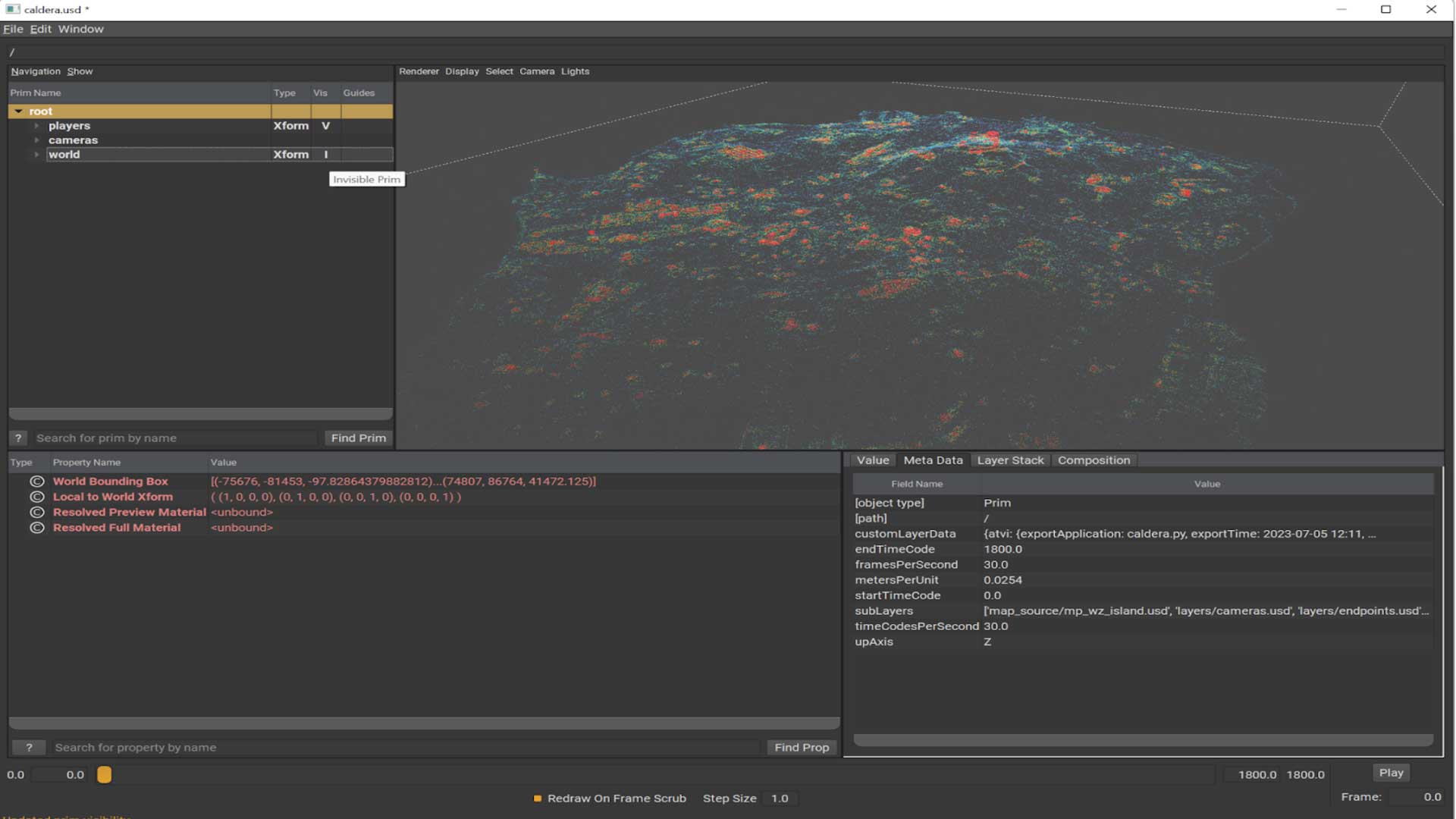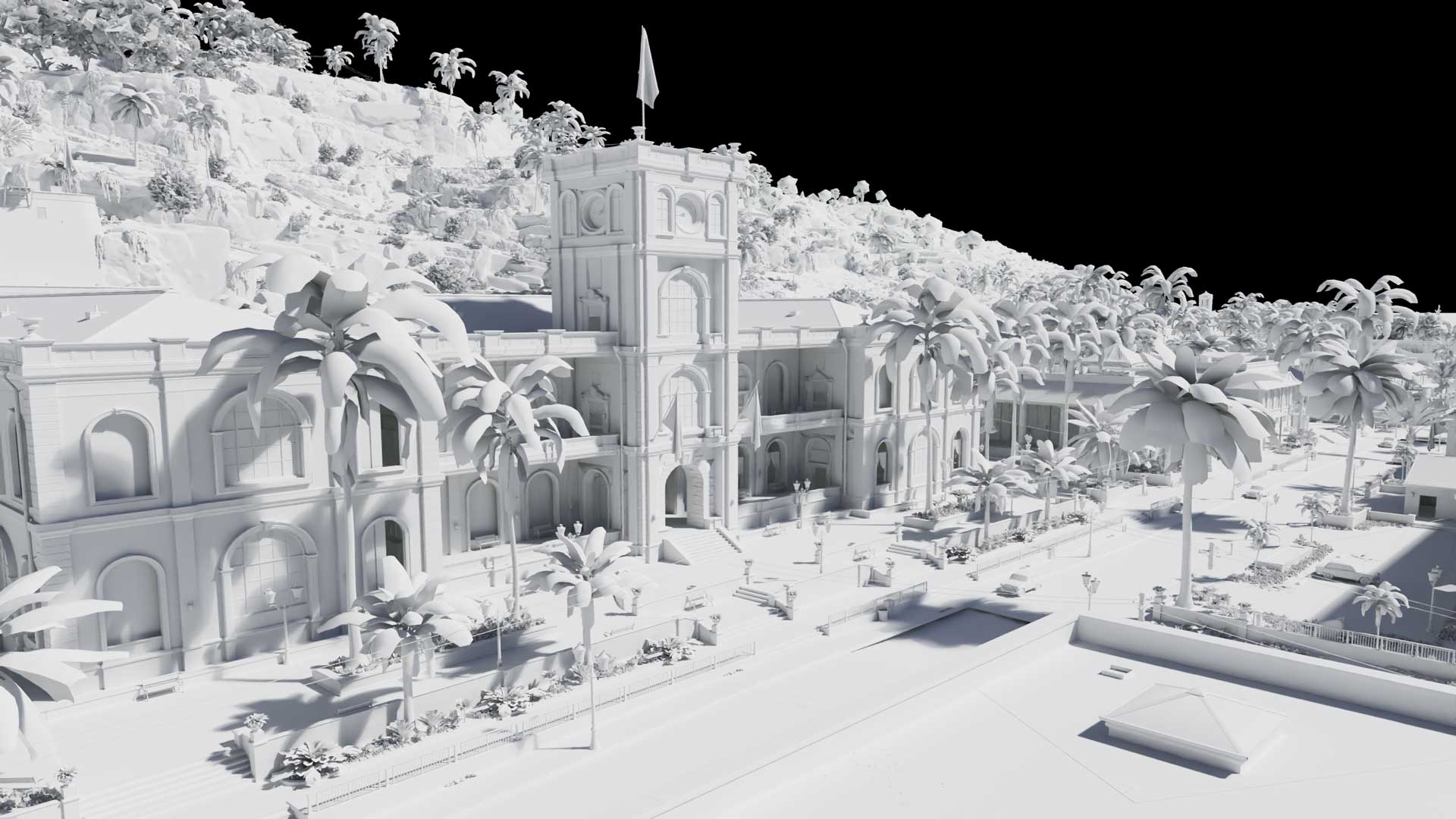Why Open-Source Matters
In an era where AI training and the evolution of authoring tools are pivotal, the availability of production-proven maps is crucial. By releasing Caldera as an open-source asset for non-commercial use, the technology teams at Activision aim to empower developers and educators with high-quality, production-validated and accessible resources. This is about collaborating with the gaming and research community to build a foundation for responsible innovation and learning across the industry.
A Resource for Education and Training
Our commitment to open source goes beyond development; Activision envisions these assets as invaluable educational resources. Students, educators, and professionals can utilize Caldera for training, demonstrations, and experimentation. This initiative encourages learning and skill development within the gaming community and beyond.
Supporting AI Development
Open-source assets like Caldera play a vital role in the advancement of artificial intelligence. By providing a rich, diverse environment, we facilitate the training of AI models, enhancing the industry’s understanding of complex geometries and interactions. This can lead to more intelligent systems, paving the way for the next generation of gaming and simulation technologies.
Evolving Authoring Tools
The gaming industry is consistently evolving with new authoring tools emerging regularly. By contributing assets to the open-source community, the Activision technology teams encourage the development of robust tools that can handle complex geometries and environments. This collaborative approach will drive innovation, making it easier for developers to create immersive experiences.
In a brief discussion with Activision’s Chief Technology Officer Natalya Tatarchuk and Senior Vice President, Fellow Software Engineer Michael Vance, the technology team details everything included in the set, the vision for the release, and how providing Caldera to academics and researchers can benefit the Call of Duty Community and positively impact the future of gaming.
What is the size and scale of the Caldera Data Set?
Michael Vance: The Call of Duty Data Set featuring Caldera represents an extensive, in terms of world-size, scene-graph depth and geometric complexity, production-quality map, used for multiplayer games in Call of Duty: Warzone. The release of this map represents one of the largest production-validated open data set releases from the gaming industry in terms of complexity of geometry and instance counts. It also is one of the largest publicly available OpenUSD data sets, providing an excellent test harness for OpenUSD itself.

